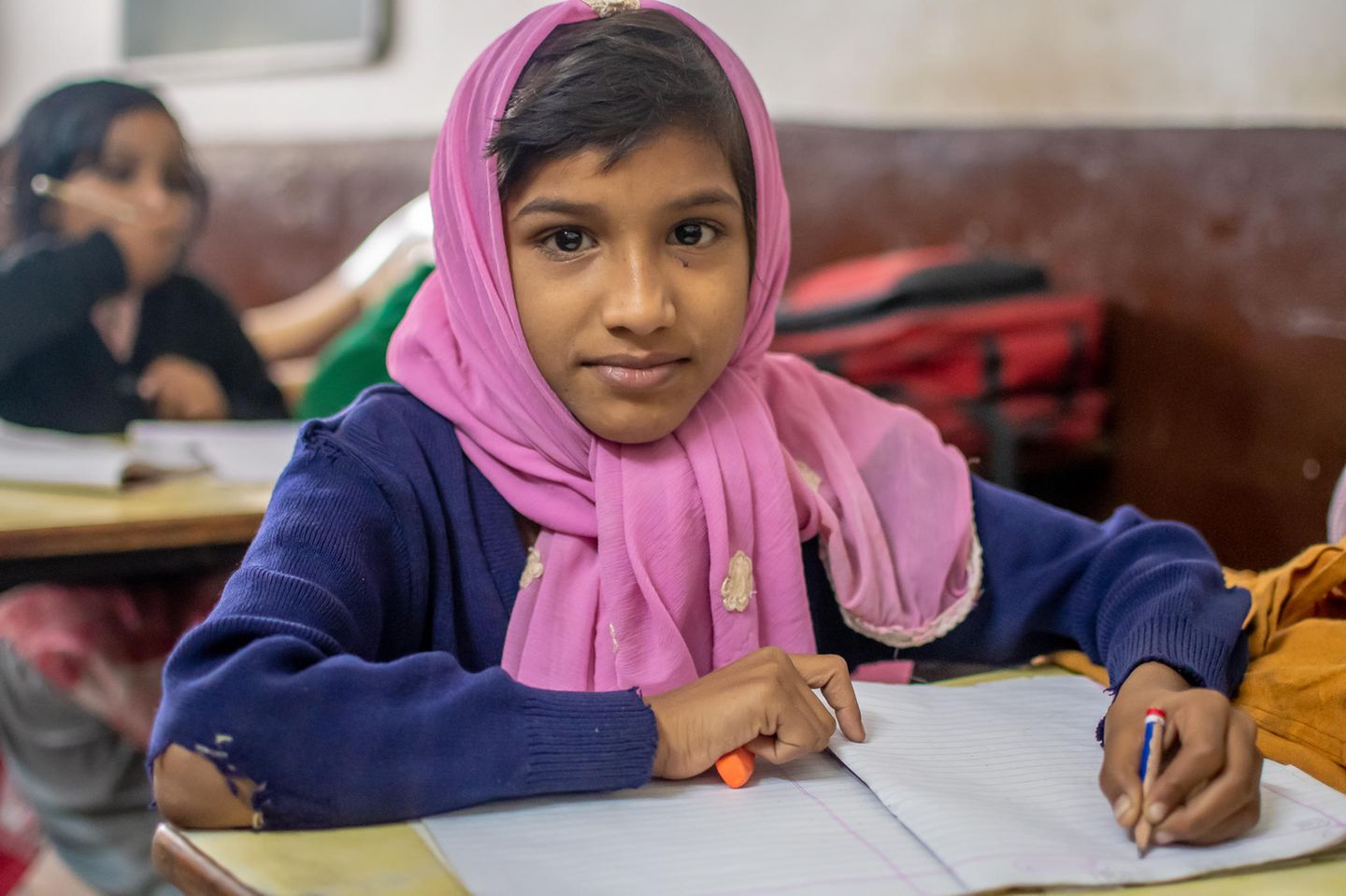For a better future
That’s why education is key to empowering girls worldwide
© Pond5 Images / imago images
Education has the power to change lives. Yet in many parts of the world, girls are still excluded from education, limiting their opportunities and potential. We show why a strong educational foundation can help girls realize their dreams and play an equal role in society.
There are many reasons that prevent girls and children in general from going to school and learning. In some countries it is the poverty of families, in others it is the poor infrastructure or the oppression of girls in a society that denies them an education. According to “World Bank” study from 2018, the lack of education, assuming 12 years of schooling, costs countries between 15 and 30 trillion US dollars. Both in terms of lost life productivity and economic income. Because if you only train the privileged people in the country, you will have fewer workers.
Millions of girls don’t go to school
According to UNESCO, the percentage of child marriages worldwide is higher in countries where education is neither compulsory nor free. Analysis by the organization shows that two percent of countries worldwide restrict the right to education for married, pregnant and parentless girls and women within their legal framework. In addition, 62 percent of countries have no legislation that explicitly protects girls’ right to education in the event of pregnancy.
Where are girls particularly disadvantaged?
In the Women, Peace and Security Index of 2023 (“WPS”) shows the current situation of women and where they are particularly disadvantaged. In a comparison of 177 countries, Afghanistan ranks last. This is followed by Yemen, the Central African Republic, the Democratic Republic of Congo, South Sudan, Burundi and the Syrian Arab Republic. “Amnesty International” also includes Pakistan and India. In Afghanistan, 70 to 80 percent of women are forced into marriage, according to the organization. Attacks on schoolgirls and violence against women are also widespread in the country. In the Democratic Republic of Congo, sexual violence is common and in Pakistan, India and Somalia, in addition to domestic violence against women, there is also female infanticide. It is estimated that up to 50 million girls were considered “missing” in the last century. Other dangers that women and girls can be exposed to include genital mutilation, acid attacks and economic discrimination.
Some developments give reason for hope
Better conditions for girls have already been created in many areas. As “#EqualEverywhere” reports, two out of three girls now attend secondary school. In 1998 it was only one girl out of two. Thanks to the better education of girls, they would live on average around eight years longer today than in 1995 (as of October 2022). These and many other figures show that something has happened, but also that progress is very slow. That’s why it’s still important that girls around the world receive as much support as possible. So that both girls and the countries themselves can benefit from equality and the world can gradually become a safer place.
Sources used: unesco.org, unicef.org, worldbank.org, unwomen.org, amnestyusa.org, equaleverywhere.org
